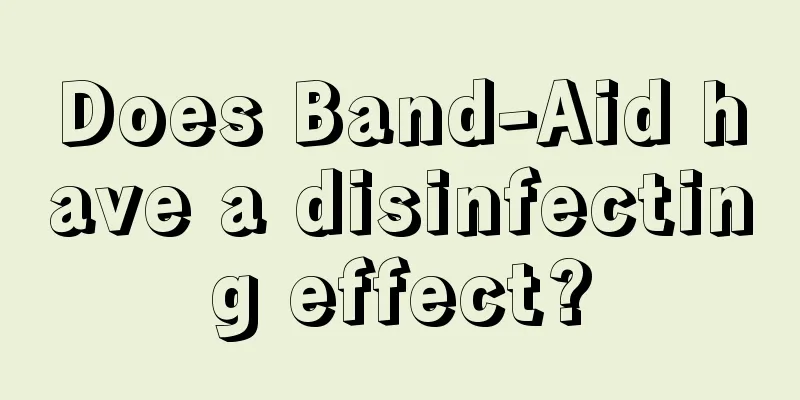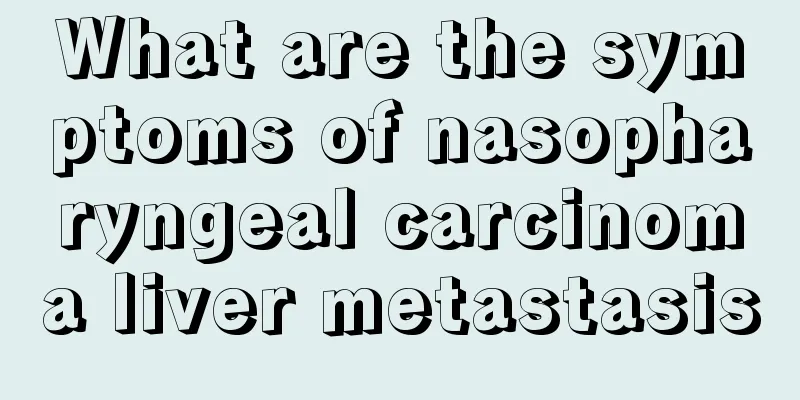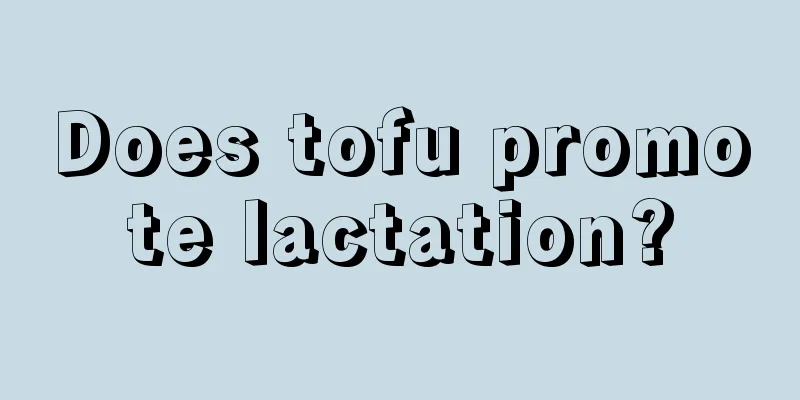Does Band-Aid have a disinfecting effect?

|
Band-Aid is a very common medicine in our daily life. It has a good disinfecting effect and can stop bleeding and protect wounds. This can prevent wound infections in daily life. Of course, its protective effect is also relatively limited. It can only play a good therapeutic role for some minor wounds. If the wound is relatively large, you still need to go to the hospital for treatment. Let’s take a look at this aspect. Does Band-Aid have a disinfecting effect? Band-Aids have the functions of stopping bleeding and protecting wounds. They are used on minor traumas, abrasions and other affected areas to help prevent the invasion of bacteria and foreign objects and accelerate wound healing. How to use Band-Aid correctly Band-Aid, also known as "hemostatic plaster", has the functions of stopping bleeding and protecting the wound. It consists of a long strip of adhesive tape with a small piece of gauze soaked in medicine attached in the middle. Due to its structural limitations, Band-Aids can generally only be used for emergency treatment of small injuries, thereby temporarily stopping bleeding and protecting the wound surface. But it should be noted that the use time should not be too long. If it is used for too long, the outer layer of the Band-Aid will not be permeable to air, which will cause the wound and the skin around the wound to turn white and soften, leading to secondary infection. Generally speaking, if it is only a minor epidermal abrasion, there is no need to use a Band-Aid. Just apply iodine or ethanol to prevent infection. If you are worried, you can apply another thin layer of gentian violet. In this way, after about two days, the wound will scab over and dry. If the skin damage is relatively deep and there are no conditions to treat it on site, you may want to rinse the wound with clean water first, and then simply bandage it with a Band-Aid. However, the bandage time should not be too long, preferably not more than two days. At the same time, you should hurry to the nearest hospital for regular disinfection to avoid secondary infection and delay of treatment. It is necessary to pay attention to the changes in the wound. If you feel a throbbing pain similar to a pulse or secretion at the wound after using a Band-Aid for 24 hours, you should open it and observe whether there is redness, swelling, heat or pain around the wound. If so, it means the wound has become infected and you should seek medical attention immediately. Second, pay attention to protecting the wound. After using a Band-Aid, do not pinch the wound frequently with your hands. Keep the wound as active as possible to avoid collision and prevent it from splitting. Third, Band-Aids should not be used for too long and should be changed once a day. |
<<: Is the waterproof Band-Aid really waterproof?
>>: How to preserve unfinished wine
Recommend
What are the main clinical symptoms of prostate cancer?
What are the main clinical symptoms of prostate c...
Tips on how to adjust the size of tight shoes
A journey of a thousand miles begins with a singl...
What are the symptoms of thyroiditis? Clinical manifestations of thyroiditis
Thyroiditis is a very common disease. There are s...
How are melanoma nodules treated?
Melanoma usually occurs in the elderly, around th...
Can house mice be eaten?
Everyone knows about rodents called mice. There a...
Do you know the symptoms of colon cancer!
Intestinal cancer is usually asymptomatic in the ...
What are some ways to prevent hair color from fading?
Nowadays, many young people like to dye their hai...
More exercise is better than taking medicine to treat ovarian cancer
A new study shows that moderate physical activity...
How to diagnose and differentiate hamartoma
The incidence of hamartoma is getting higher and ...
What should I do if my skin blisters are very itchy
Human skin is exposed to the outside world. After...
Will bladder cancer recur after surgery?
Will bladder cancer recur after surgery? There ar...
What are the recipes for treating hemorrhoids without recurrence?
Hemorrhoids are a very painful anorectal disease ...
The nasopharyngeal roof is thickened. Can the CT results be judged as nasopharyngeal carcinoma?
The nasopharyngeal roof is thickened. Can the CT ...
How long can you live with skin cancer
Cancer is the most serious disease that threatens...
Probability of identical twins
Identical twins are a rare event, with a probabil...









